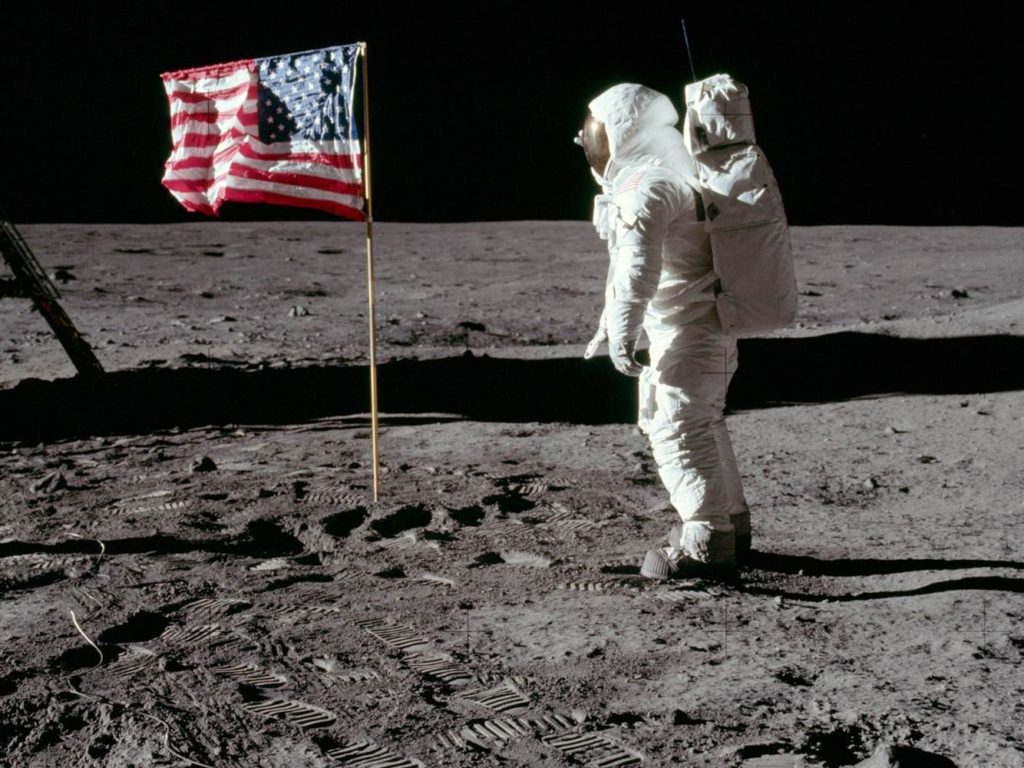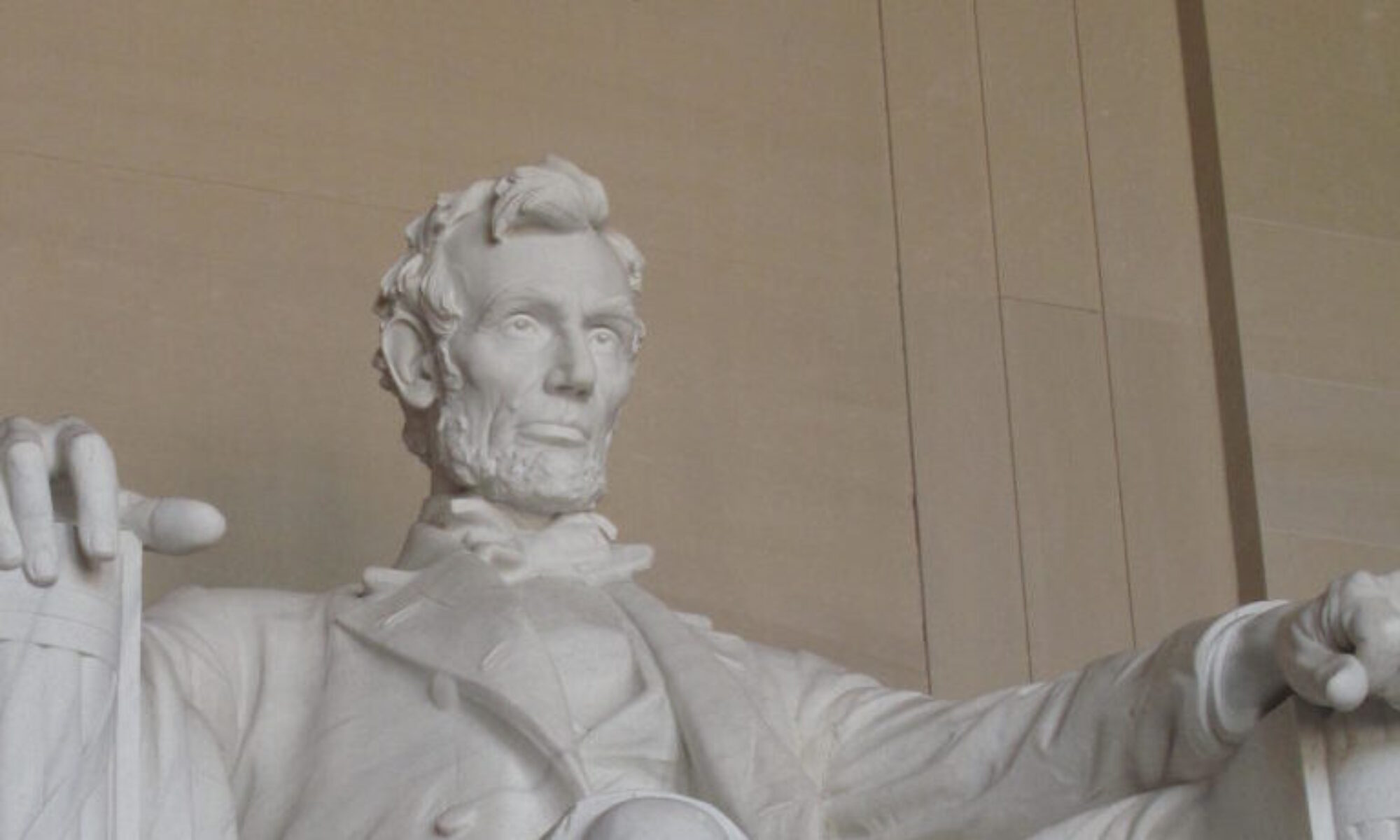
Audacity is a peculiarly American trait. On May 5th, 1961, the United States of America succeeded in launching a Redstone rocket propelling Freedom 7, a Mercury space capsule inhabited by first astronaut, Alan Shepard a distance of 101 nautical miles into space in a 15 minute sub-orbital flight, and successfully recovering both the capsule and the astronaut in the Atlantic Ocean. An American first, but not nearly a world first. The Soviet Union three weeks before had launched Yuri Gagarin not only into space, but into successful orbit, indicating a generational lead in launch capacity, lift power, and sophistication. One might think the perspective would have brought humility to American expectations in the face of the Soviet prowess. Instead, a mere 20 days after the Freedom 7 flight, President John F Kennedy before a joint session of Congress declared:
“I believe that this nation should commit itself to achieving the goal, before this decade is out, of landing a man on the Moon and returning him safely to the Earth. No single space project in this period will be more impressive to mankind, ormolu important in the long range exploration of space; and none will be so difficult or expensive to accomplish.”
Audacity personified.
The idea that America could in the space of eight years go from the concept of a single stage rocket sub-orbital flight to the as of yet barely perceived spectacular technical challenges of escaping Earth orbit, coordinating a flight to an extraterrestrial body, land on it, escape from it, return successfully to Earth, and do so with the enormously added complexity of doing so while sustaining fragile humans on board approached ridiculous. The President of course was little interested in the engineering; he was entirely focused on what he saw as an existential threat created by failing to beat the Soviet Union to the accomplishment.
The National Air and Space Administration, led by James E Webb, knew accomplishing reality was an entirely different matter to the idealistic vision. The number of necessary inventions and engineering feats that would have to follow in coordinated sequence without fail, most of which had yet to be conceived, much less tested, was beyond comprehension. A staged rocket capable of thrust propelling not a few thousand, but tens of thousands of pounds of machinery beyond orbit, escaping earth’s gravity, was barely on engineering concept boards. A craft transporting humans and accurately navigating across the expanse of space would have to be developed. The space craft would have to somehow secure a means of returning safely to earth, but not before delivering a secondary manned craft, not yet conceived, to the Moon’s surface, capable of independent flight, landing and takeoff, as well performing an in space linkup for the return home. It would require environments safe for humans in deep space, spacesuits capable of ludicrous airless environments. It would require sophisticated computation and associated miniaturization on a scale not in existence, through sciences yet to be invented. Every facet, every step, would likely occur as a first of its kind, with almost no mechanism for testing before use, and no room for failure on such a timetable and the totally unforgiving environment of space. And successful or not, it would require a ton of money.
Audacious to the extreme.
The story tells itself, in that on July 20th, 2019, we will celebrate the 50th anniversary of the successful culmination of this audacious vision. The anniversary of man’s first flight to another terrestrial body and safe return is the epic story of Apollo 11 and the heroic accomplishment of Neil Armstrong, Buzz Aldrin, Michael Collins, and hundreds of thousands of nameless contributors that made it possible. The story tells itself, but as we get farther away from the accomplishment, and fifty years later, trying to find a way to return to the Moon, the glory of every chapter becomes more and more brilliant and sparkling.
The eight year sprint from Shepard’s Mercury craft to the spectacular success of the Apollo 11 mission of July 16- 24, 1969 required incredible vision, engineering brains and construction competence rarely achieved in the history of man. Webb, the NASA administrator had to orchestrate an in calculable number of science firsts to even position for a possible attempt at the moon. Chief among this was to create a rocket of exceptional lifting power beyond all comprehension of the first rocket crafts. The Redstone rocket lifting the Mercury craft had the capacity for creating 78000 pounds force of thrust to lift the Mercury capsule into space. The spectacular three stage Saturn V rocket created for the Apollo mission, standing 363 feet high, would create over 7,8 million pounds force of thrust and capable of lifting greater than 150000 lbs of vehicle to the moon. Despite the enormous explosive force and the highly volatile fuel concoctions, Saturn V eventually performed 13 consecutive flawless launches and never lost a crew.

Initial Mercury orbits required calculations with slide rules; the Apollo crafts would develop the first integrated circuits or computer chips in history to drive the first navigation computers. So new was the technology that the calculations were often cross checked by Astronauts using slide rules and astrolabes to assess star positions. So revolutionary was the miniturization that it spawned the digital revolution that dominates the world today.
The suits worn by the astronauts required otherworldly technology. Over 20 layers were hand woven to provide the unique characteristics of flexibility sufficient to move in space or walk on the moon performing tasks, yet critically sealing the astronaut against the absolute vacuum and extreme temperatures of space, as well as the bombardment of radiation and microparticles. The manufacturing genius for such as living cocoon was left to the creative intellects who had designed the Living Bra – Playtex. Go figure.
The multiple crafts and critical maneuvers were tested in real time with no room or time for failure. Mercury developed the technical aspects of multi-orbit flight. Gemini, a larger two person craft flown from 1965 to 1967 developed the many maneuvers potentially required for a deep space mission. Critical firsts in Extra Vehicular (Space Walk ) Activity and learning how to safely perform the maneuvers for space craft rendezvous and docking were achieved, as well as extended stays in space, by astronauts who later would represent the bulk of the Apollo astronaut corps that would seek and explore the moon.
Apollo, the three astronaut craft, made its debut in devastating fashion that would have normally ended any other less politically driven program. On February 21 1967, Apollo 1, performing a prelaunch test, sustained a catastrophic fire with astronauts Grissom, White, and Chaffee trapped in the vehicle, brutally killing all three. The program returned to uncrewed flight while a full NASA and Congressional investigation determined the cause of the fire and identified safety enhancements to prevent any recurrence of the horrific event. By 1968, a manned Apollo 7 was launched into orbit to show the capability of the Apollo craft in space. December , 1968 brought Apollo 8 to the moon and back, A few months later Apollo 9 secured the docking process needed to secure the lunar vehicle in position for landing and return rendezvous . May 1969 brough the lunar module within 9 miles of a lunar landing as a dress rehearsal for the epic voyage of July 16, 1969, of Armstrong, Aldrin, and Collins to the Moon for the purpose of landing on another world.
All this spectacular spending ,creativity and achievement in eight years led to magnificent day of July 20th, 1969, when the fragile LEM craft was landed on the Sea of Tranquility with the deft flying of Armstrong and the rapid calculations of Aldrin. Half the world was watching breathlessly as an American astronaut gently glided down from the final stair, some 3.5 feet of the moon surface and placed his foot for the first time on an extraterrestrial body. Seen as a shady fragile shadow on the television screens simultaneously viewed around the world, the awed audience could little contemplate another revolutionary first achieved by sending the picture 250,000 miles across space to be viewed in real time at home.

“That’s one small step for a Man, one giant leap for all Mankind”
The incredible achievements of eight short years, the equivalent of 250 billion dollars in investment, the work of hundreds of thousands of scientists, technicians and construction workers came together in a flawless eight day mission of undeniable American exceptionalism. So undeniable, that there has been no attempt by any country since the final mission of Apollo 17 in 1973 to come remotely close to replicate the achievement. Glory in all the documentaries that present the many angles of this incredible mission on its 50th anniversary, and absorb what this nation of free citizens accomplished. Maybe the you are there intensity is best captured by the National Geographics documentary :Missions to the Moon that provides the sites and voices of the time without narration. No matter, the ride will be thrilling whichever you choose. A once in a life time adventure is brought to life for us once more, and maybe, gives the seed of inspiration that encourages a new generation, to try to do it all over again.
